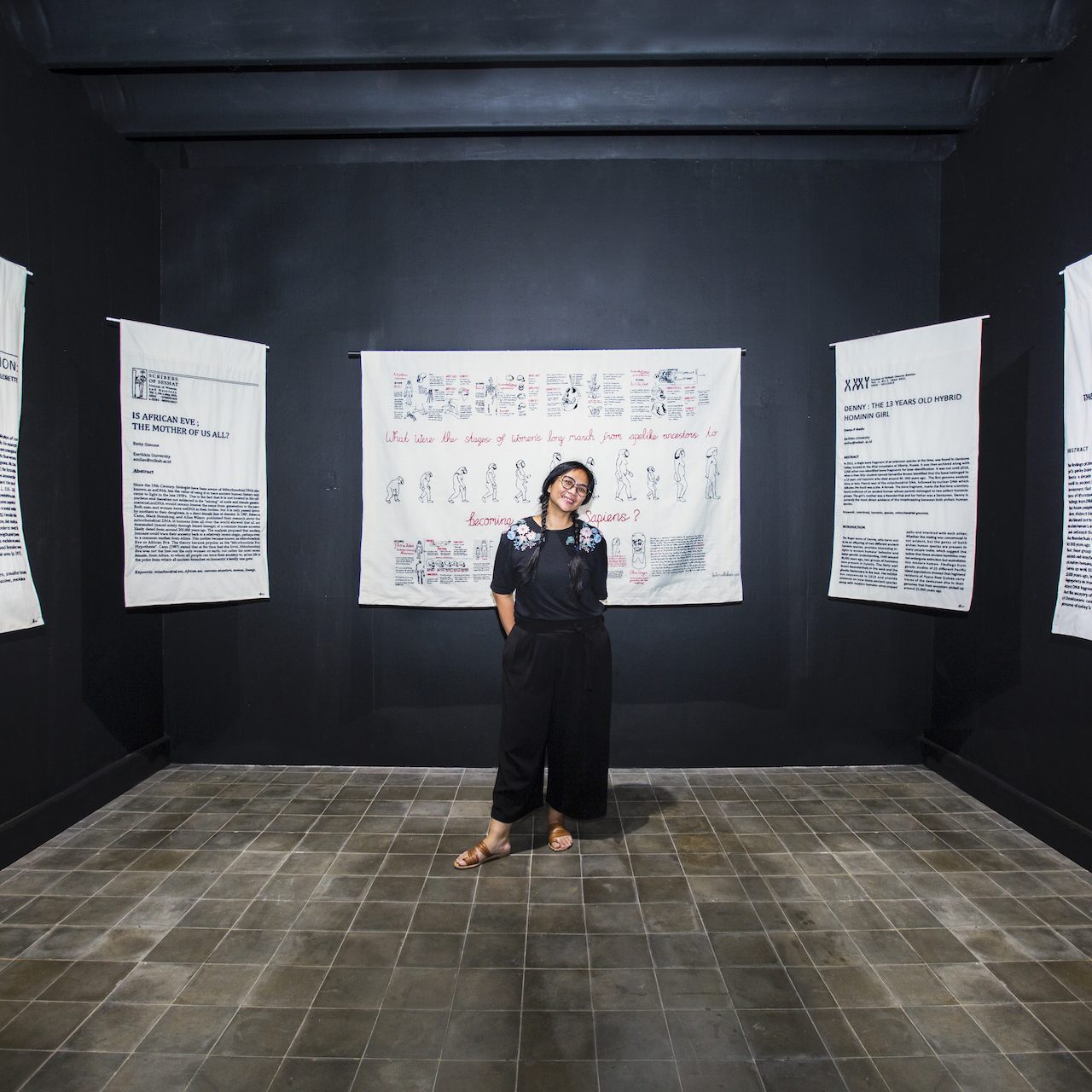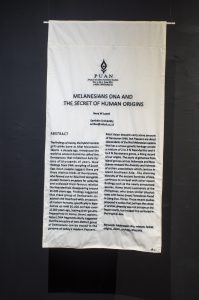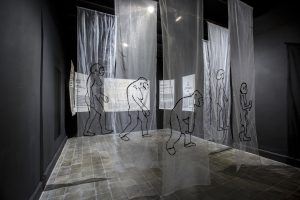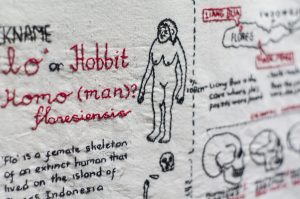Salima Hakim (Indonesia-Tangerang)
Salima Hakim (born in Jakarta, 1978) is an alumnus of the Master of Art History postgraduate program at the University of Indonesia (UI). Currently, she works as a practitioner and lecturer of art history study in Universitas Multimedia Nusantara, Tangerang. She believed that art is a form of escapism that will enable the telling of complicated stories to be explained literally. She works a lot with embroidery and hand sewing media with exploratory narratives about historical deconstruction in a gender perspective.
In Biennale Jogja Equator #6 2021, Salima continues the development of her previously initiated project, ‘HERStory’ from in 2019.
Several exhibitions that present Salima’s work, included Masa Subur: Efek Samping at Karja Art Space, Ubud, Bali (2018), Art For Orangutan 3 at the Jogja National Museum(2019), and Mengalihkan Politik (re)Presentasi at Gajah Gallery, Yogyakarta, Indonesia (2019).
“Herstory: if Knowledge is Power” (2021)
Tulle, calico, yarn
Variable size
Some of the oldest human fossils were found in prehistoric sites spread around the world. In some regions in Oceania, female human fossils were found. Genetic studies tracing the DNA of female lineages from prehistoric fossils, such as the study on Homo Floresiensis found at Liang Bua and its relationship to Melanesian genetic heritage, reveal many interesting facts about the possibility of human evolution and new ways of seeing Asia as a center for ancient genetic diversity.
However, the visual representation “The March of Progress” created in 1965 in a book called “Early Man” remains the most popular, iconic illustration of human evolution from apes to Homo sapiens. The illustration suits the book’s title very well by simply representing the stages of evolution from male ape to man, with no female version ever created.
Salima Hakim, through an extensive search of the history of human evolution, seeks to challenge the existing narrative. This artwork uses the formality of scientific publications combined with data findings, articles, journals, stories, documents, news headlines, and archaeological findings on female human fossils to create a fictional scientific journal.




